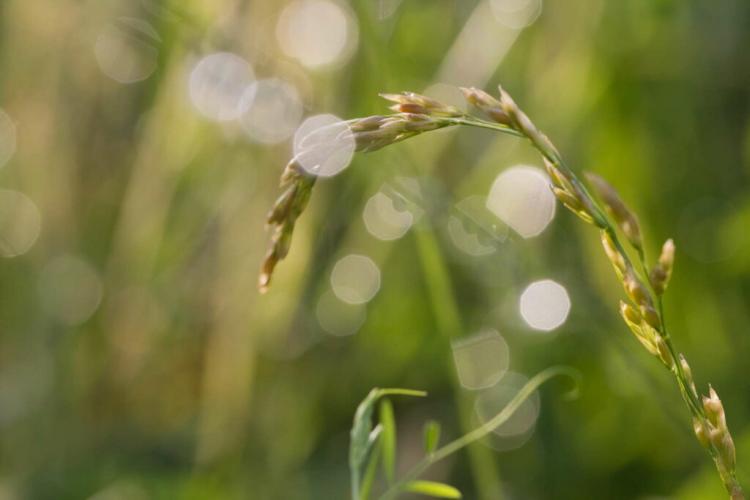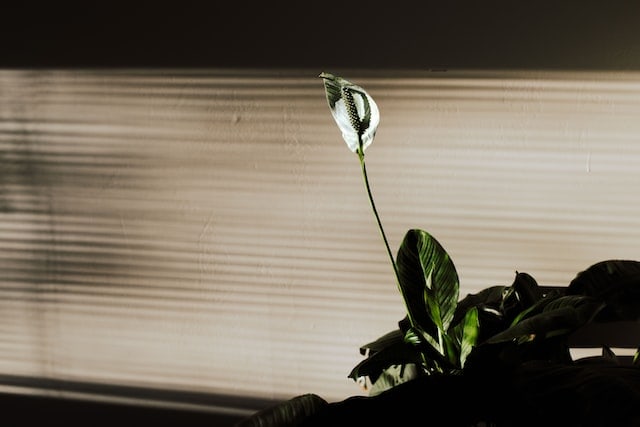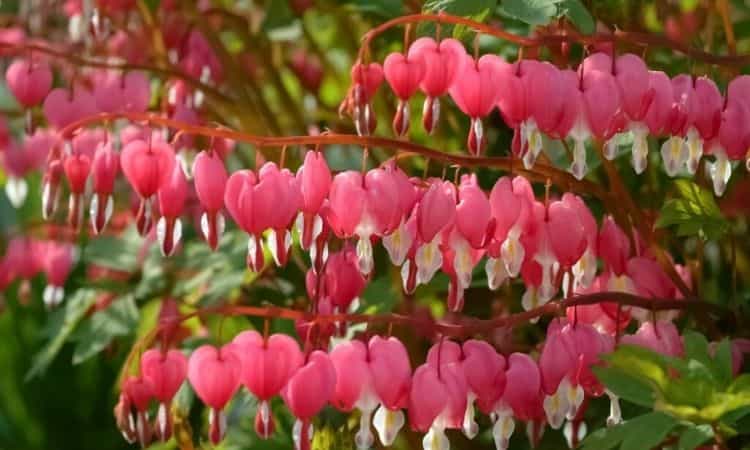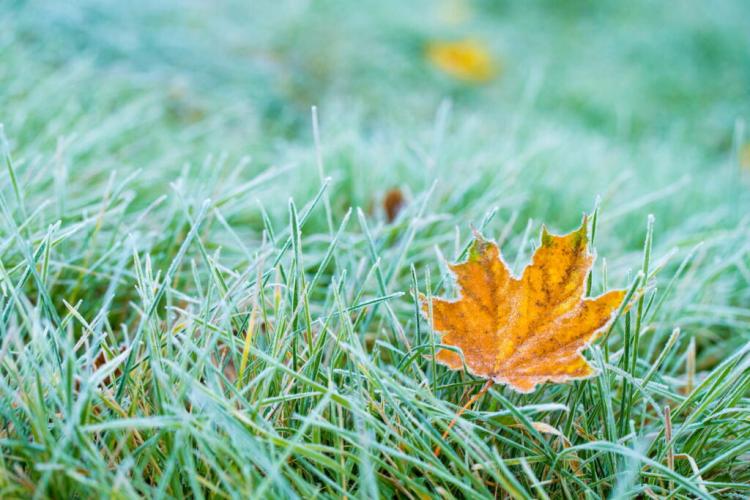Dahlias: Expert Tips About The Dahlia Flower
Dahlias are lush and beautiful flowering summer plants. But for successful flowering a few things to consider when dealing with the plant. Dahlia – usually bought as a bulb and found in many gardens, it has long been one of the most popular ornamental plants. Originally native to Mexico, the exotic flower found its way to Europe via sailors in the 18th century and has been a hit in gardens and parks ever since.
The perennial, which belongs to the daisy family (Asteraceae), can also be easily grown in your garden with a few tips and tricks. We have compiled all the important information for you.
Importance and flowering time
Table of Contents
The flower genus comprises about 35 species, some of which differ greatly from each other visually. Curiously, the name dahlia does not come from the discoverer of the plant in the New World but was dedicated to the Swedish botanist Andreas Dahl when it was first cultivated in Europe. The plant fills our gardens every year anew from July with their radiant splendor of flowers and can bloom until autumn.
Dahlias: the most beautiful and flowering varieties
Hardly any ornamental plant has such a wide variety as the flower. In total, there are 13 different flower shapes, each with a different color. We present the most attractive and popular varieties:
- Ball dahlia: round and relatively small flowers; very close petals; among the most popular plant varieties.
- Popular varieties: Peter, Marble Ball
- Pompon dahlia: Round and flat flower with fully curled petals; very decorative
- Popular varieties: Barbara, Rocco
- Cactus Dahlia: Round flower head with tapered petals; colorful marbling
- Popular varieties: Cheerio, Funmaker
- Water lily dahlia: Flat flower with petals leading outward; water lily look
- Popular varieties: Paso Doble, Creme de Cassis
- Stag’s Antler Dahlia: Fringed and protruding petals; somewhat “wild” look
- Popular varieties: Galaxie, Alauna Clair-Obscur
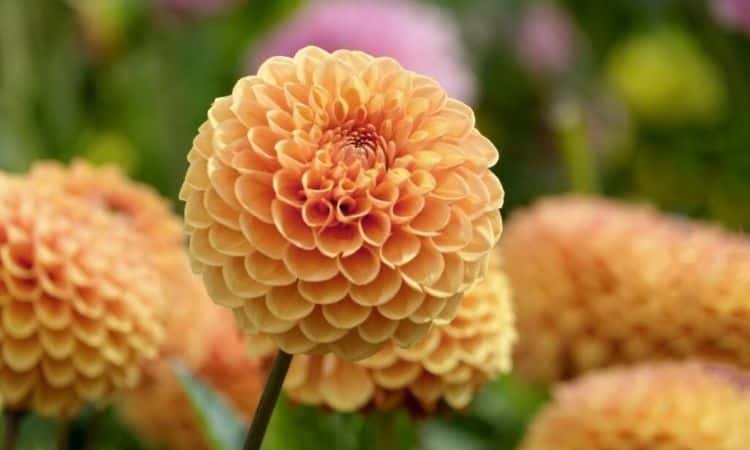
Planting dahlias: Instructions and procedure
Spring to early summer is the time when plants can be planted in the garden, either as a plant or a tuber. This step requires some info to make sure the flowers get off to a good start in the bed and that the striking dahlias in all their shapes and colors actually sprout.
The perfect location
As a subtropical plant, the dahlia definitely has higher demands than one would immediately assume. When planting, make sure that the flower is placed in a full-sun location where the soil is nutrient-rich and well-drained. To do this, always work compost into the soil before planting. Good water drainage is essential, as dahlias are sensitive to waterlogging.
When is the right time to plant?
An important point for success in planting dahlias is the right time to plant the tubers or perennials. Flowers do not tolerate frost and should therefore be planted out in this country in May at the earliest, as soon as the last late frosts have passed. Planting too early can cause your plants to die because of the cold risk.
Planting Dahlias: Directions on how to proceed
Follow these steps when planting flower tubers
- Select a suitable location. The place should be sunny and the soil should be well-drained and rich in nutrients.
- Loosen the soil first and work in plenty of compost so that the plant has enough nutrients available as it grows. If the soil is very clay or loamy, it is worth mixing in a little sand.
- Dig a hole in which to place the tuber. The planting hole should be deep enough so that the tuber is completely covered by soil, and the upper part is a few centimeters below the surface of the soil.
- Before planting, let the dahlia tuber stand in water for one night so that it can reabsorb enough moisture after storage.
- Then insert the tubers into the planting hole with a planting distance of 30 to 100 cm – the size of the plant differs depending on the variety. When planting, the thicker part of the tuber must face down and the root neck faces up.
Propagate, divide, and advance dahlias
If you are reluctant to go to the store again to increase your stock of dahlias, there are several alternatives for propagating the magnificent flowering plants. We present all the options.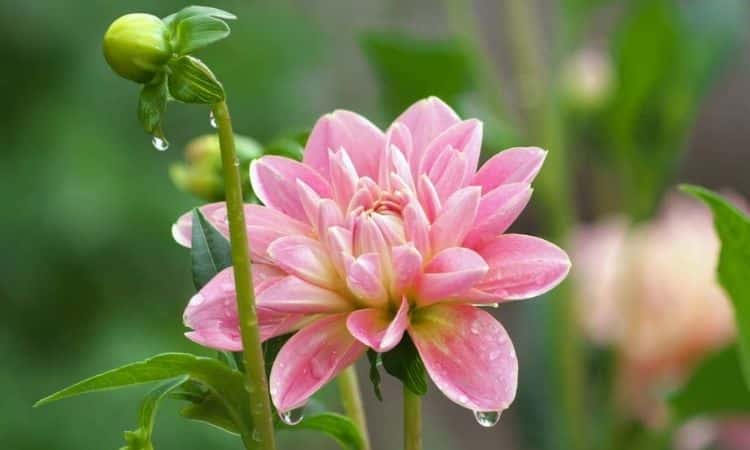
Propagating by cuttings
A thoroughly quick method of propagating dahlias is to grow cuttings. This technique works by growing dahlia tubers in late winter at elevated temperatures. Lightly embedded in the soil, the bulbs sprout, so that after a short time you can break off cuttings with a few pairs of leaves. Then the dahlia cuttings are placed in a growing medium and sprout new.
Successfully dividing
A proven method for propagating dahlias is to divide the bulbs. Prune the bulb in the spring before planting with a sharp, clean knife so that each part still has at least two eyes. Usually, larger bulbs are divided into two smaller ones this way. The new shoots will subsequently develop from the eyes when planted.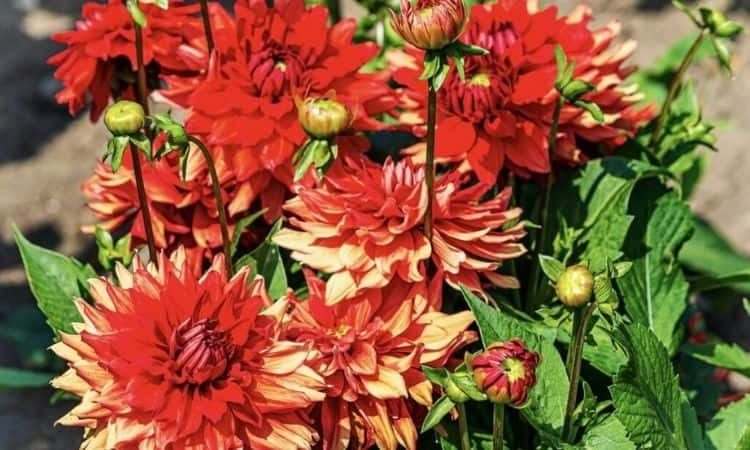
The perfect dahlia care
Similar to the cultivation of cuttings, the advanced cultivation of dahlias in the house works from March, with the difference that the plants are left on their tubers. The overall care effort for dahlias is limited, but certain aspects should not be ignored, even with the exotic plant. We show what needs to be taken into account.
Fertilizing and watering dahlias correctly
Basically, it can be said that the fertilization effort for dahlias is manageable. Before planting, it is always a good idea to work compost into the soil. Nitrogenous fertilizer leads to increased leaf growth in dahlias but also reduces the plant’s willingness to bloom.
When watering, you should also take a moderate approach, as dahlias do not tolerate waterlogging well. Water the plant as needed every few days when the soil has dried out. During hotter periods in the summer, on the other hand, you should water more, as the sprawling plant evaporates a lot of water in high temperatures.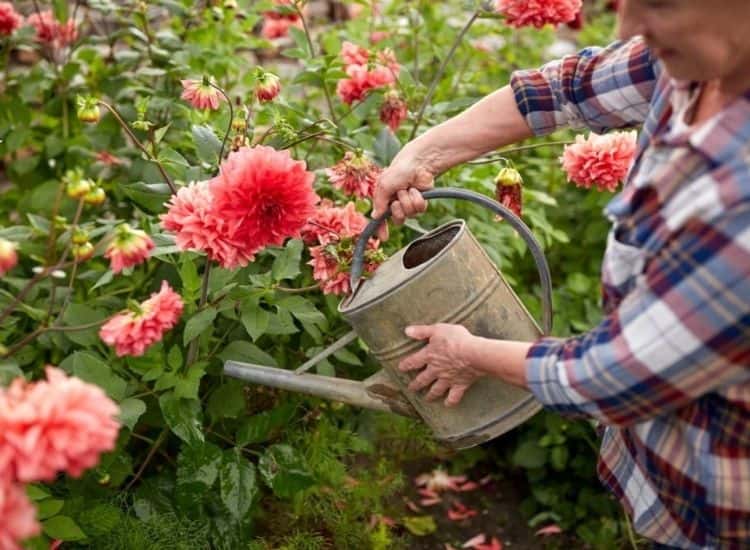
Prune dahlias properly
With dahlias, pruning inappropriate places can provide a greater abundance of flowers and affect the shape of the plant. It is therefore advisable to cut the shoot tips sporadically, especially in the young stage, to increase branching and thus flower formation. Withered flowers should also be cut off so that new shoots are formed. The rule is: if you leave a few shots on the plant, the respective flowers will be all the larger.
Care dahlias in pot
Dahlias in pots are very easy to care for and require comparatively little attention. Since the soil naturally dries out faster in pots than outdoors, you should still always keep an eye on the moisture of the substrate and avoid complete drying out. Just as in the open ground, withered flowers should be removed regularly.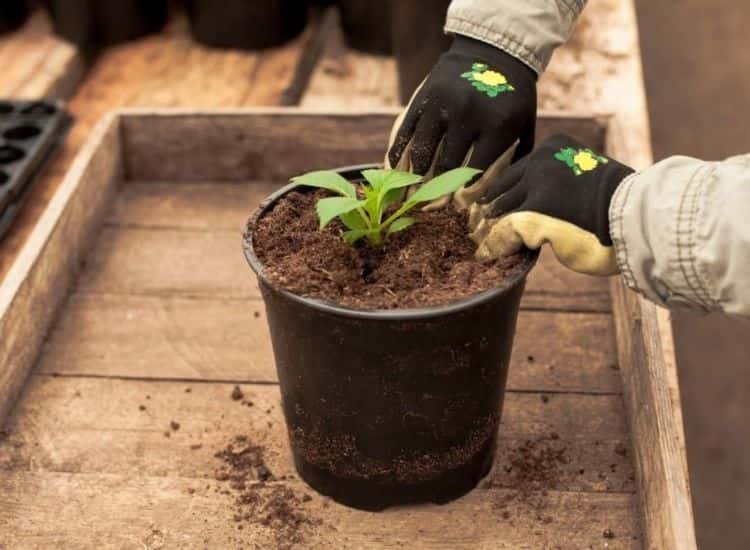
Combating common diseases and pests
We present the most common diseases and pests of dahlias below:
- Slugs: Particularly troublesome, as they can eat much of the greenery in a very short time. Remedies include snail traps and fences, and picking them off early in the morning.
- Aphids: Small black or white insects that feed on the plant. Dabbing the affected areas with dish soap helps. Ladybugs work as a biological control.
- Gray mold: The Botrytis fungus can be recognized by the gray coating. Do not plant too densely and avoid high humidity, do not wet the plant with water, and avoid nitrogen fertilization.
- Powdery mildew: can be recognized by the whitish coating. The risk can be reduced by the same measures as for gray mold.
- Mosaic virus: Recognizable by yellowish spots on the leaves. The best countermeasure is to remove the plant to prevent further infection.
Wintering dahlias: Are dahlias hardy?
Dahlias are not frost-resistant due to their warm-weather origins in Mexico, so they are not hardy. Leaving the tubers in the ground is at your own risk and can only succeed in very mild regions if adequate winter protection of brushwood, straw, and leaves is spread over them. However, as a rule, the tubers should be dug up immediately after the first frost.
To do this, prune the plant in advance to 10 cm above the ground and gently dig up the bulb. In a dry and cool, but frost-free place, the individual tubers can now be stored until spring. Before storing, remove the soil and spread the bulbs out in an airy manner with a little space between them.

